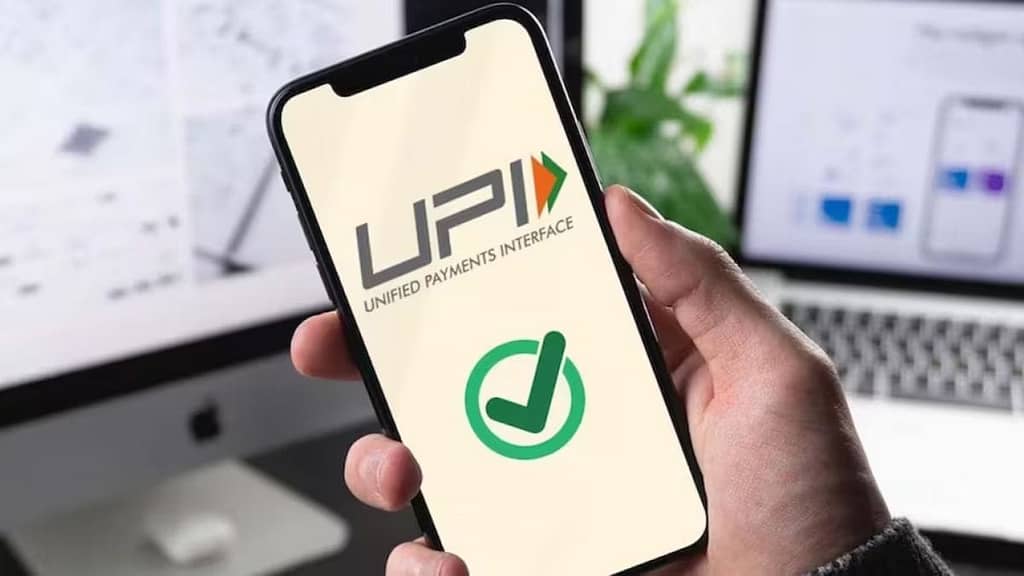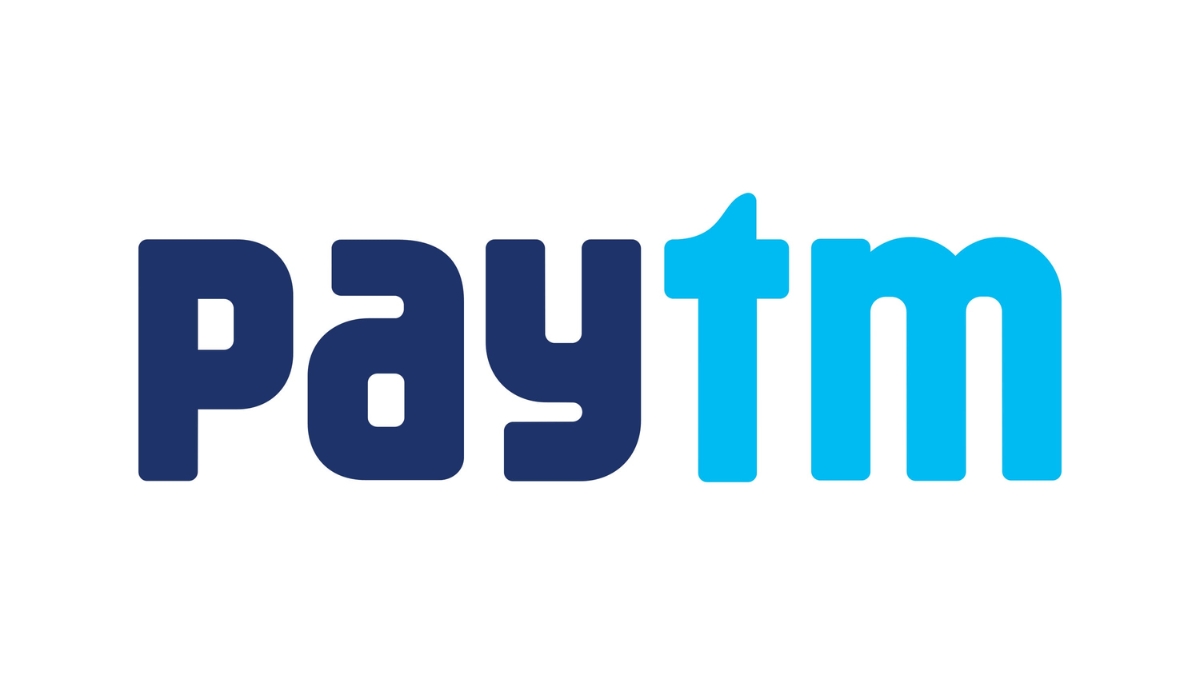New Delhi: After Singapore, France will soon be able to use the UPI. Indian citizens visiting these nations can transfer money using the UPI in rupees. Ajay Ramanathan looks at the benefits of utilising UPI and how much travellers and business people prefer it to using credit cards.
Only if a similar payment operator in the foreign country has a deal with the payment operator in the home country can the UPI be accepted internationally. The National Payments Corporation of India (NPCI) and French company Lyra have established connectivity. This is comparable to the earlier this year-based interface between the NPCI and Singapore’s PayNow.
The UPI transaction chain in India goes from the Payer’s bank to the NPCI switch and then to the Payer’s bank, which a person or a business may own. For UPI payments to function in Singapore, the route would also incorporate PayNow. The cross-border settlements won’t be real-time like domestic UPI transactions.
DBS gives NPCI an exchange rate for UPI transactions in Singapore. All of India’s major banks are members of the NPCI committee, which makes the decision to markup the rate. The customer is informed of the rate and markup, and the transaction only proceeds with their approval. The sending bank transfers to the settlement bank of NPCI the whole rupee amount (foreign currency*forex rate + markup).
The NPCI’s settlement bank then instructs DBS to credit the merchant’s/beneficiary’s bank in Singapore dollars. NPCI shares a part of the markup with the sending bank, and all banks get the same share. This is unlike card payments, where the markup depends on the debit or credit card product being offered by banks, with lower markup (1-2% + GST) for premium cards and higher markups (3.5% + GST) for lower-end cards.
Foreign vendors would prefer to be paid in their home currency. Therefore, the ultimate payment would be made in the local currency, even though the Indian user paid in rupees. Today, consumers use cash, credit/debit cards, and prepaid foreign currency cards. The exchange rate must be competitive for UPI to be a preferred trade method. Banks may offer incentives for cross-border UPI since they will profit from fees.
While the US market may be challenging to penetrate given the firm credit card lobby, a start has been made with nations like France, Singapore, and the UAE. However, the UPI can eventually integrate with FedNow, a system similar to UPI in the US. In the UK, it can also be integrated with FPS. As India teams up with payments operators and makes UPI available for Indians overseas, cross-border remittances is another area that UPI can disrupt, says Ranadurjay Talukdar, Partner and Payments Sector leader, EY India.
Credit cards, in most cases, attract a high fee — typically 3.5% plus GST — but consumers earn reward points on transactions and get access to several facilities. In fact, the fees are often lowered for select premium card products. But, say, in hawker markets in Singapore, where credit cards are not easily accepted, UPI payments could be an option for consumers.
UPI is certainly more convenient and safer than carrying foreign currency as cash. However, the value proposition for UPI needs to be significantly stronger before it becomes popular.
One is not clear on whether the cost of the currency transaction in a UPI transaction will differ from that in a credit card transaction for France yet, but, for Singapore, DBS provides an exchange rate to NPCI and NPCI adds a markup. It would appear that the consumer is totally dependent on the rate that DBS provides. Some consumers may prefer to use a credit card especially if the forex rates are attractive and there are some add-on benefits.










